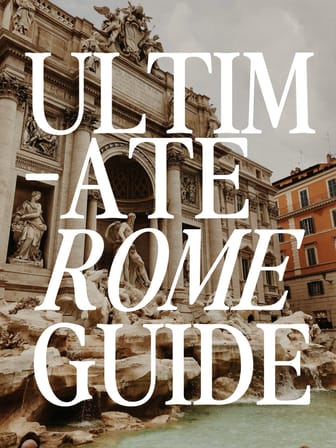Mouth of Truth
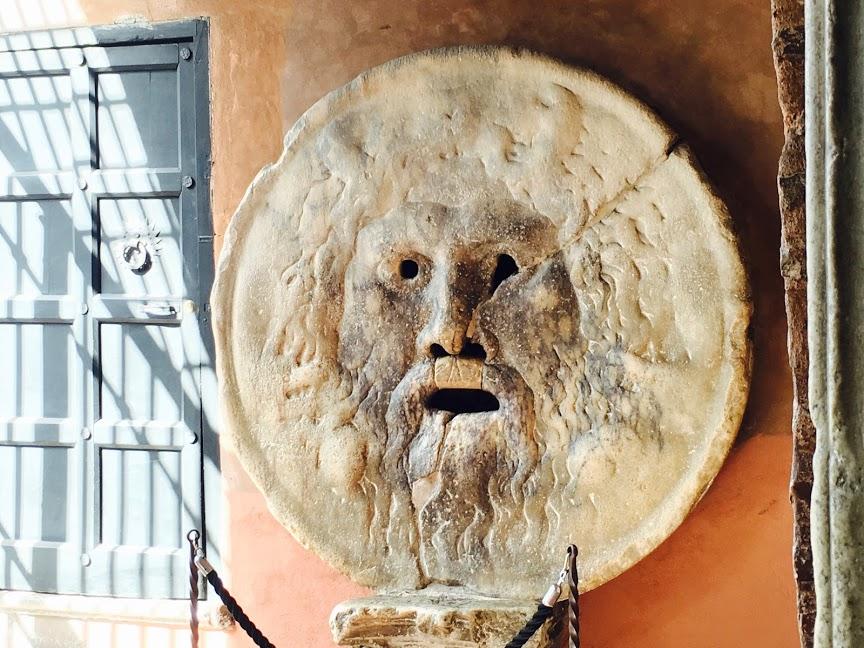

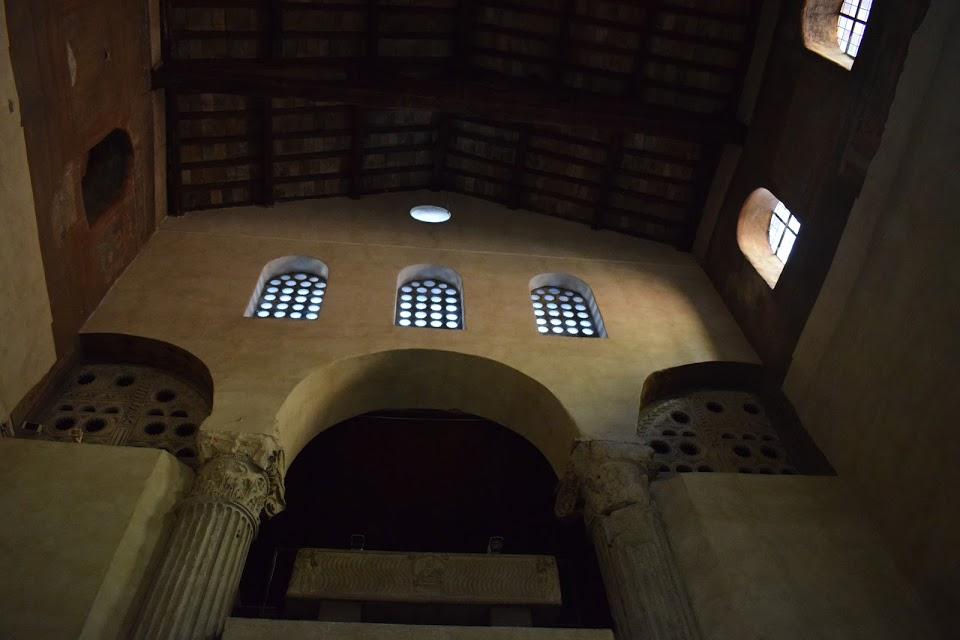
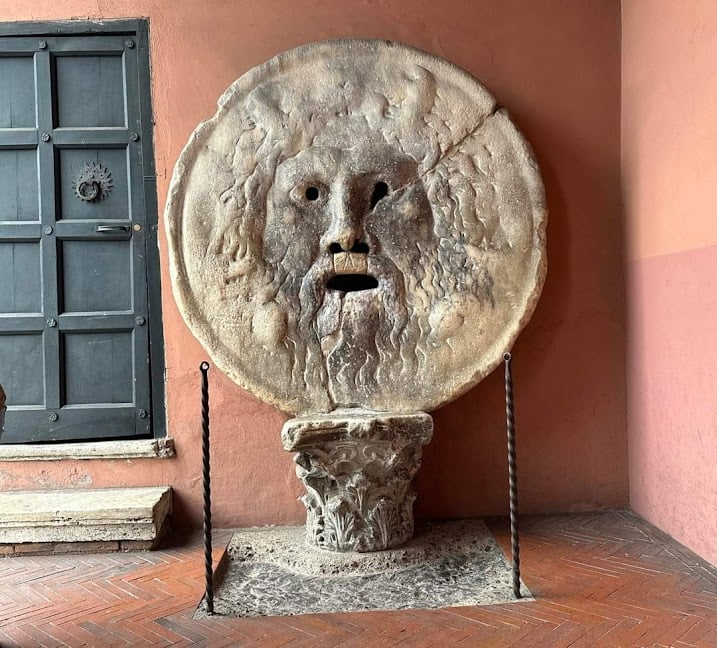
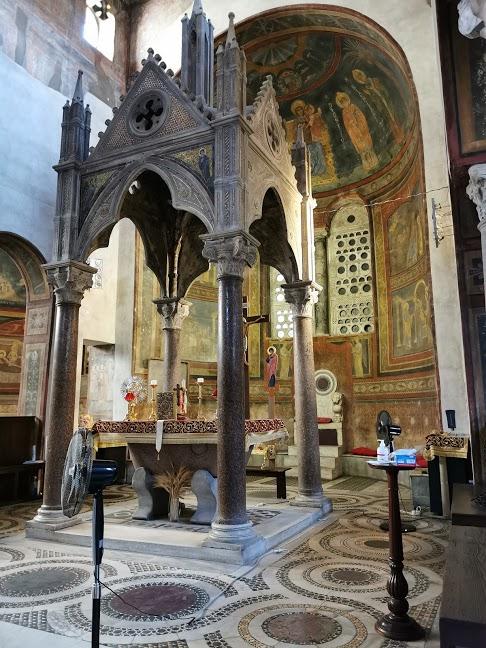
Ask ThatchGPT
Suggest a local expert to plan my trip
Suggest an unique itinerary for my Italy trip
What foods do Italy locals eat
What are some true hidden gems in Italy
Help me brainstorm trip ideas for Italy
Help me plan a family-friendly trip to Italy
What people say
Linda Miller
"The Mouth of Truth (Italian: Bocca della Verità) is a marble mask in Rome, Italy, which stands against the left wall of the portico of the Santa Maria in Cosmedin church, at the Piazza della Bocca della Verità, the site of the ancient Forum Boarium.
According to enduring medieval legend, the mouth will bite off the hand of any liar who places their hand in its mouth, or, alternatively, any who utters a lie while their hand is in the mouth. It still attracts many visitors who audaciously insert their hands.
The Mouth of Truth is an oval mask with a large, open mouth, a wide nose, and two small eyes. It is made of Carrara marble and is thought to date back to the 1st or 2nd century AD. The original purpose of the mask is unknown, but it is thought that it may have been used as a drain cover or a fountainhead.
The legend of the Mouth of Truth first appeared in the 13th century. One popular story tells of a woman who was accused of adultery. She was brought before the mask and asked to place her hand in its mouth. The woman swore that she was innocent, and she placed her hand in the mouth of the mask. However, the mask bit off her hand, proving that she was lying.
Another story tells of a man who was accused of stealing money. He was brought before the mask and asked to place his hand in its mouth. The man swore that he was innocent, and he placed his hand in the mouth of the mask. However, the mask did not bite off his hand. The man was then released, and it was proven that he was innocent.
The Mouth of Truth is a fascinating and mysterious object. It is a reminder of the rich history and culture of Rome. It is also a reminder of the power of stories and legends.
"
Read more in:
Pedro Pereira
Available for hire
"The Bocca della Verità, or Mouth of Truth, is an ancient marble mask located in the portico of the Santa Maria in Cosmedin church in Rome, Italy. It is a popular tourist attraction, and many people believe that it is a lie detector.
The Bocca della Verità is a large, round mask with a wide mouth and open eyes. The nose and ears are missing, and the mouth is slightly ajar. The mask is made of white marble, and it is believed to be from the 1st or 2nd century AD.
The origin of the Bocca della Verità is unknown, but it is thought to have been used as a drain cover or a fountainhead in ancient Rome. In the Middle Ages, the mask became associated with the legend of a lie detector. It was believed that if someone placed their hand in the mouth of the mask and told a lie, the mask would bite off their hand.
The Bocca della Verità is still a popular tourist attraction today, and many people believe that it is a lie detector. However, there is no scientific evidence to support this claim. The Bocca della Verità is simply a work of art, and it is not capable of detecting lies."
Read more in:
Monica Mikhail
"The Mouth of Truth (La Bocca della Verità in Italian) is a famous stone carving located in the portico of the Basilica of Santa Maria in Cosmedin, a church in the city of Rome, Italy. The carving depicts a bearded man's face with his mouth open, and legend has it that the mouth will close on the hand of anyone who tells a lie while placing their hand inside it. The origins of the Mouth of Truth are not entirely clear, but it is believed to date back to ancient Rome, possibly as a manhole cover or a drain cover. The carving was first mentioned in literature in the 11th century, and in the Middle Ages, it was believed to be a symbol of justice and honesty. Today, the Mouth of Truth is a popular tourist attraction, drawing visitors from all over the world who come to test their honesty and have their photo taken with the famous carving. To participate in the tradition, visitors place their hand inside the mouth and make a statement or answer a question truthfully."
Read more in:
Mentioned in these guides
About Mouth of Truth
Get the inside scoop on Mouth of Truth from local experts, travel creators, and tastemakers. Browse genuine trip notes, Mouth of Truth reviews, photos, travel guides, and itineraries from real travelers and plan your trip with confidence.
Phone
Save this spot for later or start mapping out a new trip today
Try our AI Travel Assistant and get instant answers to any questions about your trip.
Ask ThatchGPT


